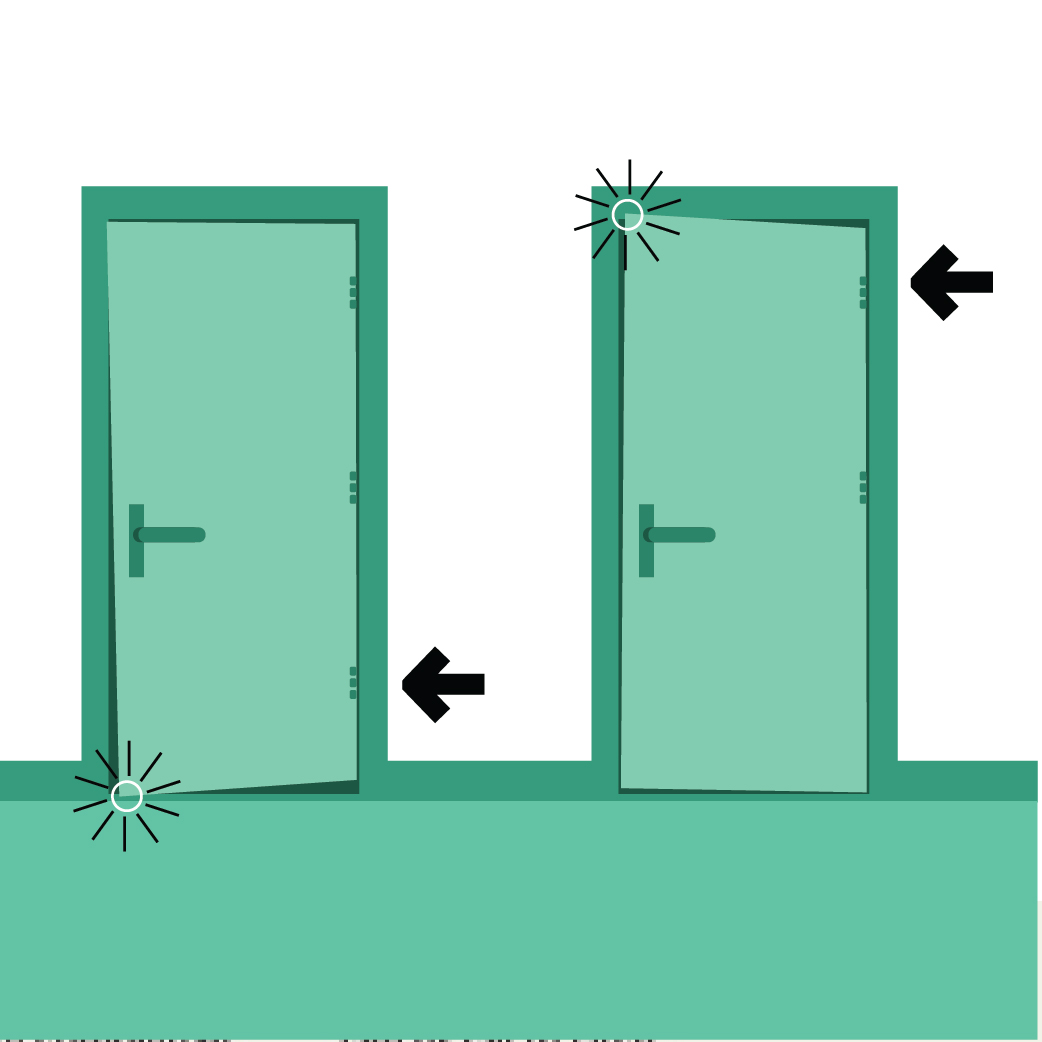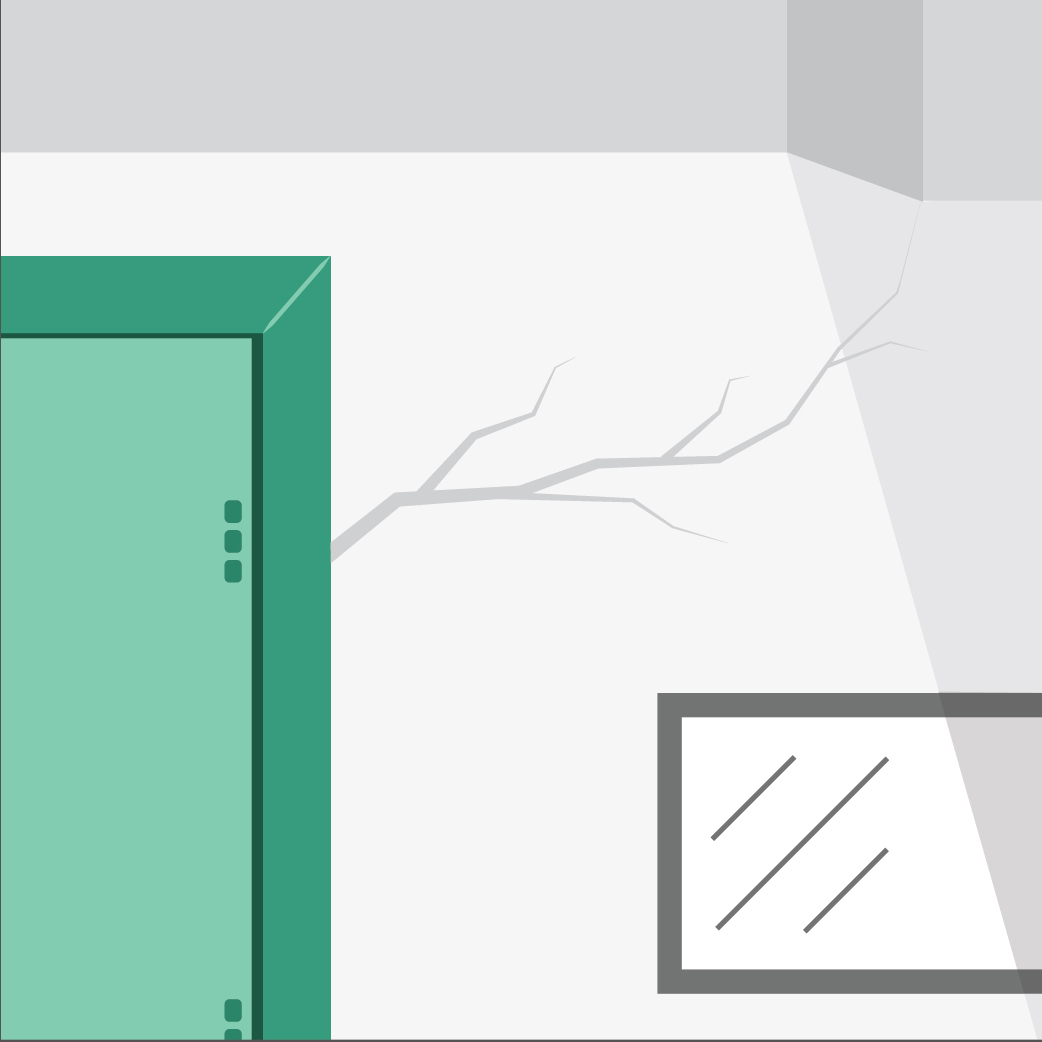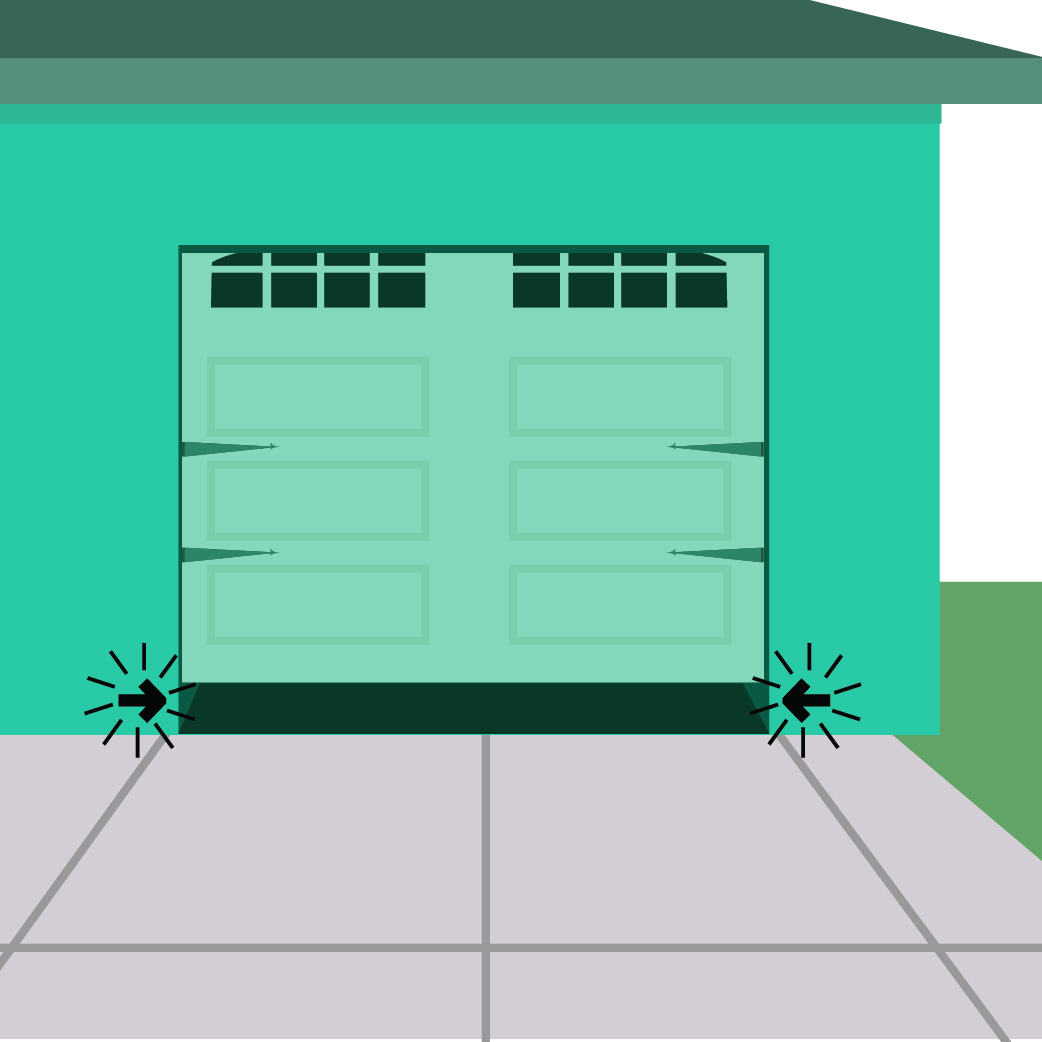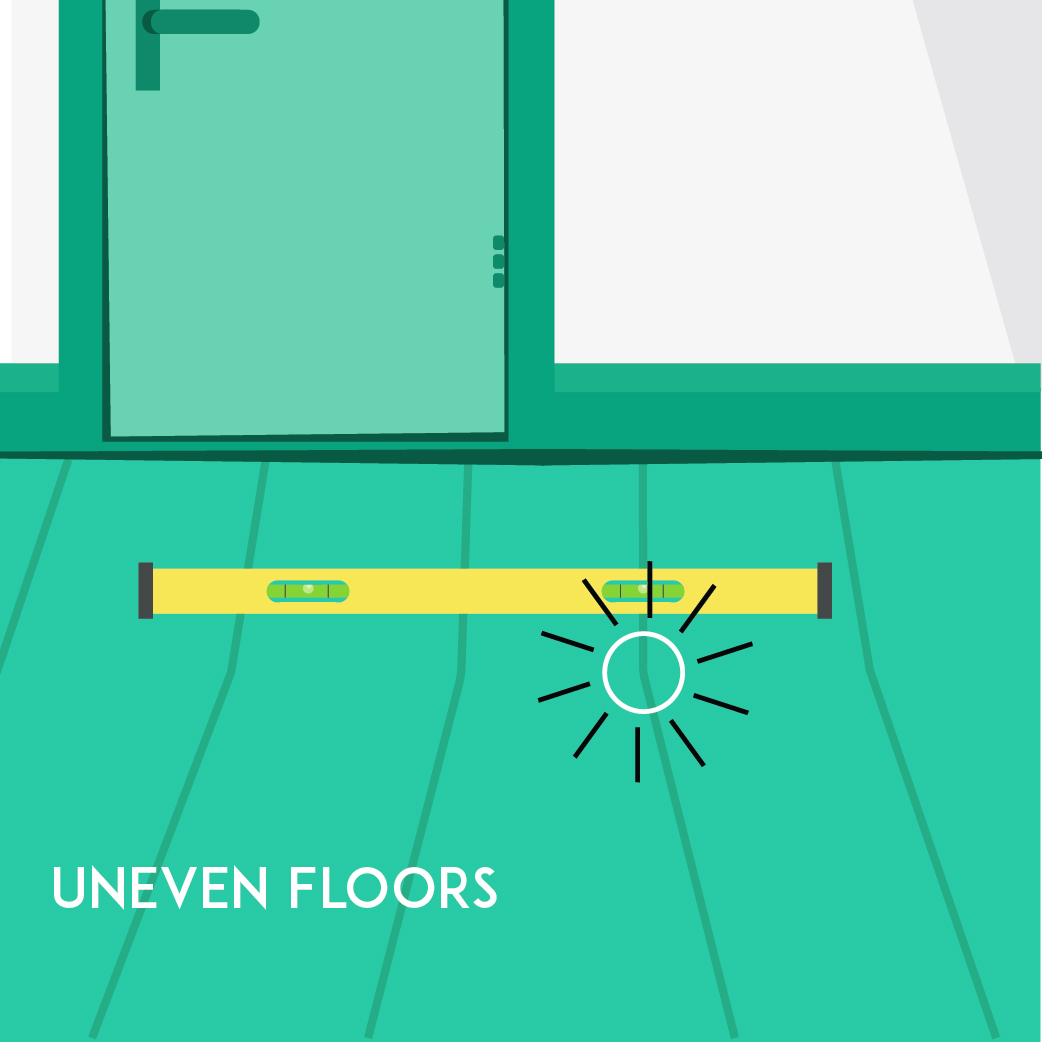Signs of a Bad Foundation
If you grew up in Texas or have lived here for a while you’re probably aware of Texas homes’ foundation problems but do you know what the signs of a bad foundation are?
If you grew up in Texas or have lived here for a while, you’re probably aware of Texas homes’ foundation problems. But do you know what the signs of a bad foundation are? In this overview, we’ll explore some of the key signs and symptoms you may be noticing around the house that may indicate a foundation problem – and what to do if you notice these foundation issues at your Texas home.
What causes foundation problems in Texas?
Foundations fail under the pressure of expansion and contraction. Homes in our region are built over expansive soils which expand and contract, and compact beneath the foundations of our homes. As the soil moves so does the foundation, uneven moisture and movement cause stress to concrete foundations causing them to fail. Fortunately, there are a number of ways to remediate these issues, including pier and beam repair, mudjacking, and slab repair service.
Five Signs Of A Bad Foundation
Below are five signs that hint at foundation problems according to the National Foundation Repair Association. Being aware of these signs can help you address foundation problems sooner so that you can receive the foundation repair services you need.
#1 – Doors that will not open or close smoothly or properly.
You’ll begin to suspect a compromised foundation when certain elements of your home start to fail such as your doors. When your foundation is beginning to fail, doors that used to function properly begin to give you problems. As the foundation shifts, the house begins to settle bringing door jambs down enough to cause the door to drag or not fit into the sill.
#2 – Cracks on the walls near windows and doors.
If you live in a new construction home or a home without previous foundation problems you may begin to notice cracks on the walls, especially near windows and doors. When the house settles quickly, cracks begin to appear at weak spots near openings. You’ll want to keep an eye out for exterior cracks and interior sheetrock cracks.
Exterior cracks that are small shouldn’t cause any worry but cracks that are large and have a zig-zag pattern are a major signal of foundation failure. The same can be said for cracks on interior sheetrock, especially if cracks run the height of the wall.
It’s important to remember that although small cracks aren’t alarming, they do eventually turn into large cracks if they go unaddressed. Make sure to consult with a professional about your repair options before a small problem turns into a costly one.

#3 – Windows become difficult to open or close.
Windows become difficult to open or close when foundation problems arise. Much like the stuck door, the shifting of the foundation can affect the sill and window frame making them difficult to operate.

#4 – A gap at the bottom of the garage door.
If the foundation of your home is experiencing movement, you may also spot a gap at the bottom of your garage doors. The door will stay on the track, but it may not go down as smoothly and won’t touch all the way to the ground like it was designed to do.
Garage doors do fall out of alignment and this problem can be solved with the help of garage door experts but the most likely reason a properly installed door is falling out of alignment is foundation movement.

#5 – Unleveled floor or bouncy floors.
Unlevel floors are more easily spotted in rooms with hard floors, in some cases, you may notice cracked tiles. If the unlevel floor isn’t visible to the eye you may feel a slight slope as you walk through your property.

Bouncy floors can be a sign of rot or foundation problems. You’ll want to consult with a professional to understand what the cause of your bouncy or unlevel floors is.
What Do I Do if I Notice Foundation Issues at My Home?
If you’ve noticed one or more of these potential foundation problems at your Texas home, turn to the professionals at Ecoscape Foundation & Home Services for a free evaluation and to learn more about our financing options. We can examine your foundation and determine which of our foundation repair services will best suit your needs. Contact us today to get started.

